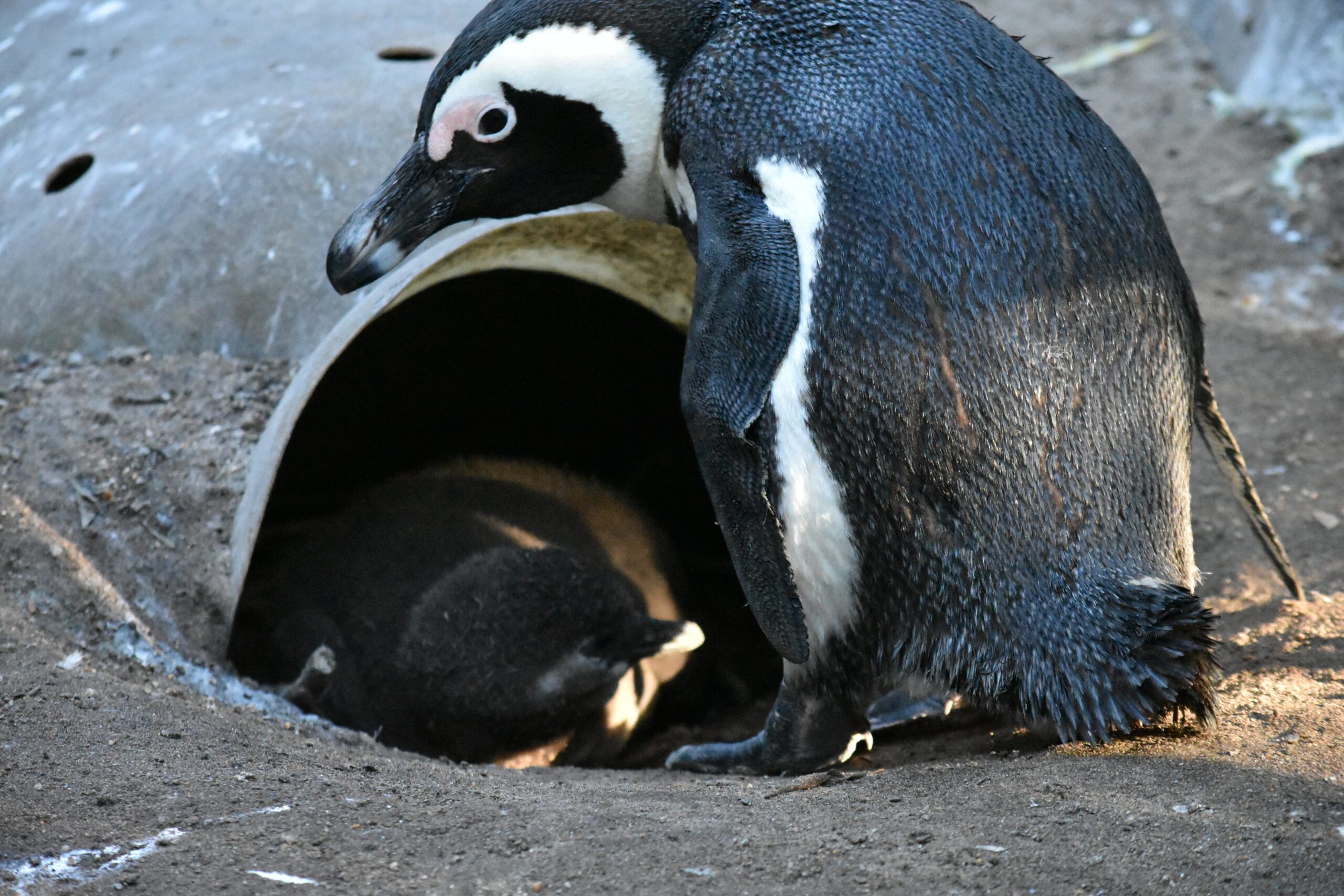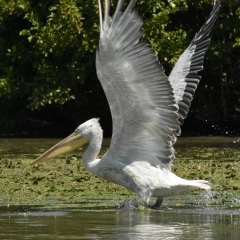How spot bears near Brasov – easily and safely

Brasov is Romania’s tourist capital, the reason for which becomes obvious when you find out that it’s in Transylvania. The mountains and forests surrounding the medieval town do more than acting as set pieces for the Dracula experience, as they are home to the largest population of bears in Europe, estimated to be at 6000 individuals. There’s a lot of debate going on over whether this is too high, and the government’s current position is to allow the hunting of problematic individuals but could expand into a wider cull. For bear watchers, though, this amounts to great news.
What’s the experience like?
Several companies in Europe have started to capitalise on bears, offering a variety of tours to see them. Some involve trekking for a week with a tracker or biologist, while others involve an evening up to a night in a cabin with some food placed in front. Both options are available in Brasov, but I’ll be talking about the latter.
You meet whoever you’ve booked with at a point within or near Brasov, mine being a shopping complex near a bus terminal, and set off in the guide’s car to an unmarked patch of forest outside Brasov owned by the council. You then meet a ranger who is apparently armed and leads you through the forest, pointing out any bear tracks you encounter. It’s a twenty minute stroll that’s a walk in the park for anyone who isn’t a complete couch potato. The guide and another ranger drive on ahead to lay meat such as pig skins in front of the cabin.
There is a chance of encountering bears on the walk itself, but don’t worry if you don’t. Chances are they’ll be running around as soon as you arrive. You sit there for an hour and a half, more than enough time to get a huge amount of photos. The clearing is huge and binoculars or a zoom lens are definitely recommended. How many you see there can vary, and I saw eleven including five cubs and three huge males. There’s a near guaranteed chance that at least one will be there, even if it has been raining. You’ll see them clambering about the logs, shuffling through the trees, raising up on their hind legs and maybe growling at each other. Actual confrontations are much rarer, good or bad news depending on what you were after.
Given that this is a free meal, there is a chance of seeing other things besides bears, though that definitely isn’t the point of this tour. On mine I had a fox and a couple of buzzards circling for scraps, and during the autumn there is a chance of wolves, which may raise a few more pulses for the bears.
How much does it cost?
The evening trip costs 45 EUR/ 210 RON. You can book through most accommodations in Brasov or do an internet search – I went with Absolute Carpathian, who are experts in where to find everything since their owner is a former conservationist. They can also do tours elsewhere in the Carpathians to go birdwatching or look for wolves and lynx. The good thing about their bear tours is they offer a refund if none are seen or a free tour another day. It may be worth booking in advance as evening tours can be popular.
While some may balk at the cost, in terms of overall money, this definitely presents the cheapest option. Tours to bear hides are available all over eastern Europe, Spain and Finland, where they hit the 120 EUR mark, generally a little bit less in Spain, a bit more in Finland – which makes a tonne of sense when you consider that things cost far more in Finland than the other two.
Is it the best value option? Some might argue otherwise. In Finland, for 130 EUR you can stay overnight at the hides in bunks with sleeping bags, plus there’s a good chance of wolverines too. Others may feel such a simple, non-active option is sacrilegious and such a majestic animal requires more effort. Bear tracking hikes run for at least 100 EUR per day, often last 4-7 days and the best shots you’ll get are of small dots in the distance, unless you get lucky or you have a lens the size of a baby – not worth it in my view, but I may have to agree to disagree with some.
Is there any way to do it for free?
Walking through this forest is strictly prohibited and carries a fine of 4000 RON, and simply wandering around the hills near Brasov hoping to spot a bear requires too much luck to be practical. You may have also heard of a certain neighbourhood in Brasov where bears visit to raid bins, but I definitely can’t condone heading there for a few reasons:
- Bears have attacked people there in the past, so you put yourself at serious risk going there without a car.
- The police, well aware that people will try anyway, will order you to leave once they realise you’re not a resident. They haven’t fined anyone yet, but it wouldn’t surprise me if they started to. And don’t get any ideas about bribing them. Romania’s a lot less corrupt than in the days of old.
- A sighting is not as likely as you might think. The meat left in the forest offers the bears a better deal, as they get a free meal without leaving their home plus don’t have to sift through all that non-edible packaging, and bears that establish a more than temporary presence are often relocated.
No tour companies head there anymore, and if you find someone who does they’re either lying or keeping it all hush-hush.
How long should I stay here?
If it’s just the bears you’re after, theoretically you could arrive in the afternoon on any number of trains or buses from Bucharest then catch a late nighter after 8.30 when the tour ends or even the sleeper train to Budapest. But, Brasov has a lot to offer. The old town feels Germanic, a legacy of its foundation by the Saxons, while beyond the city walls is more 19th century architecture. Overlooking Brasov is a Tampa hill, which draws attention thanks to its huge Hollywood-like sign. It’s not much to look at from behind, but the view is quite spectacular. Twenty minutes into the hills by bus is Poiana Brasov, a ski resort that draws skiers from around the world in the winter, while in the summer it makes for a great place to escape the heat and look for woodpeckers.
Within an hour of Brasov, there are various different castles; the crumbling Rasnov Citadel, the fairy-tale Peles castle, the fortified church at Pejmer and Bran Castle, Dracula’s official residence. Actually, there is no evidence to suggest he ever did live here nor his inspiration, Vlad the Impaler, but it simply looks like somewhere he’d stay. Strangely, nobody has suggested to other castles that they “vampire” themselves up then claim the same… Arriving at the crack of dawn at Bran is recommended as camera-clicking congestion clogs things up later in the day, necessitating queues to even get into individual rooms.




